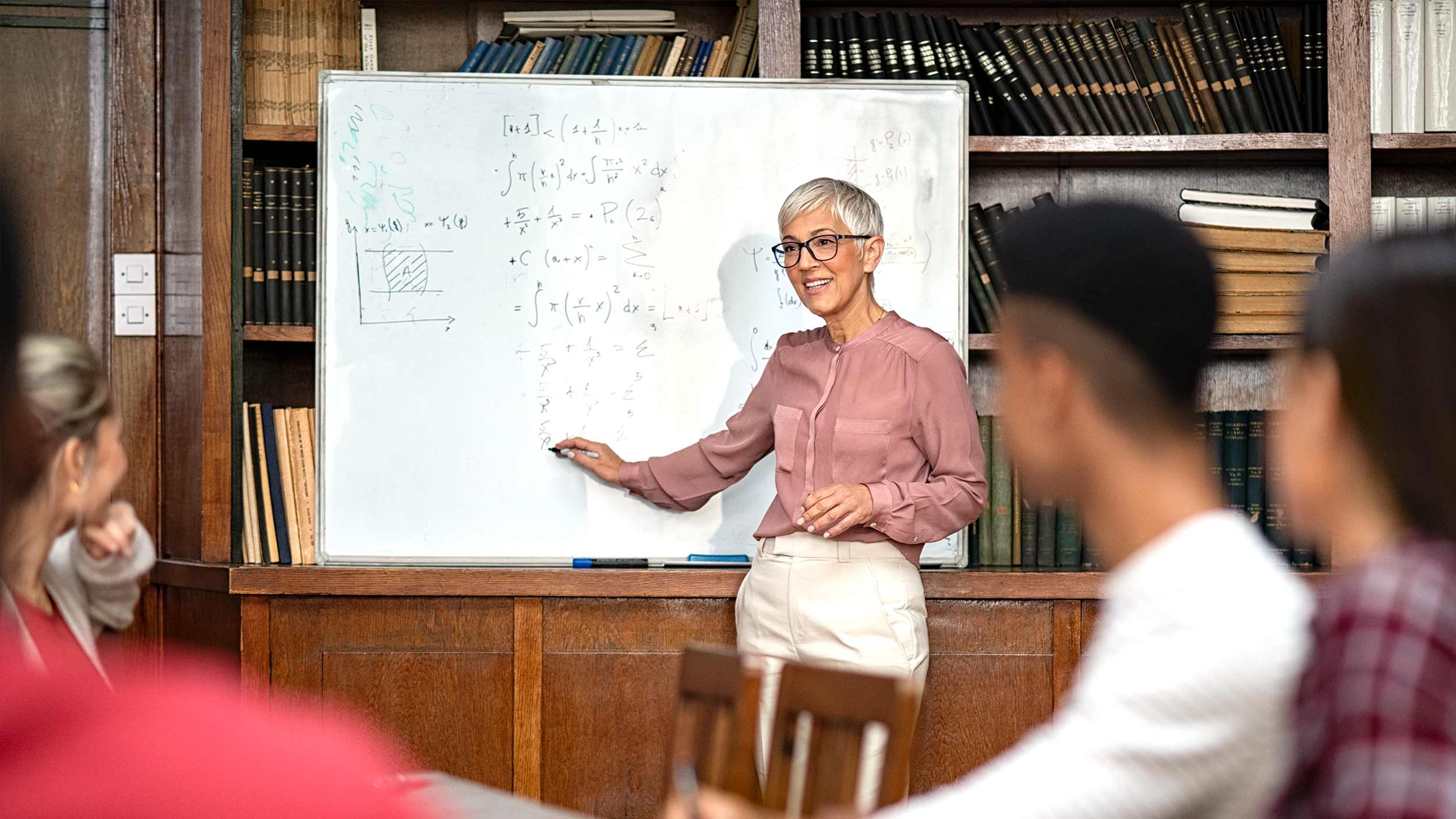Teaching Mathematics
Does teaching mathematics mean that our students are going to learn mathematics? As teachers, we all want our students to learn, so this question surely sounds a bit odd. However, it is important to know that the only thing we can bring to the table as teachers are the conditions so that this learning can take place.
ISTF, January 17, 2023

Problem solving and mathematics
One of the goals of teaching mathematics is to ensure that our students are competent at solving problems, which is a fundamental process in mathematics. Indeed, it is often said that mathematics aims at doing just that, solving problems (and if they do not exist, then we invent them).
Research tells us that if we want to be consistent with this idea, we cannot let problems take a back seat in math class. Problems need to become part of our daily lives and play an active role in our mathematical activity. If they are only seen as mere application exercises and their presence in the evaluation processes is optional, the majority of our students will never participate in them.
Problems should be the substrate through which to connect with previous knowledge and intuitive reasoning, allowing the construction of knowledge. Because building knowledge implies giving meaning to mathematical objects, this cannot be done by pointlessly learning a series of rules.
Thus, teaching mathematics involves observing and listening to our students. On the one hand, we want to present situations and problems that are close to them—although not necessarily from their everyday life—so they can bring their personal meanings into play. On the other hand, we want to put their alternative arguments and errors to good use and organize discussions where they share their ideas and create a classroom culture oriented towards problem solving, thus building a base that allows students to make their own connections with the subject and define their interests.thematics one should be able to appreciate the beauty, power, and depth of results such as the Pythagorean Theorem or, later, the Fundamental Theorem of Calculus.
AUTHOR: Pablo Beltrán Pellicer – PhD in Didactics. Professor in Didactics of Mathematics at the Universidad de Zaragoza (Spain)











Leave a Reply